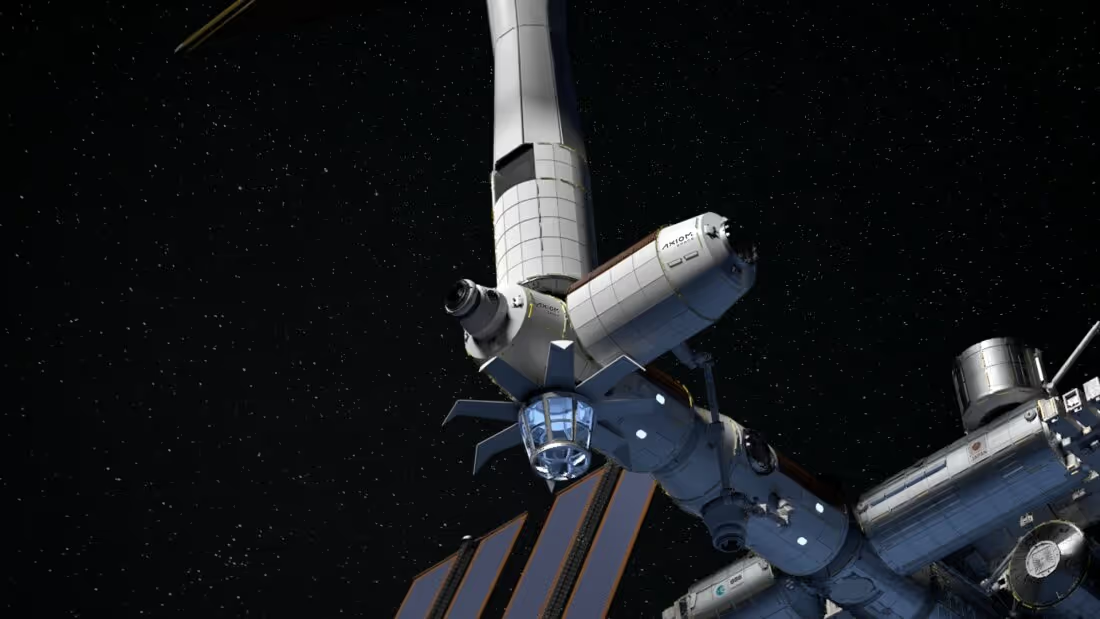

Humanity has been performing scientific research in space for decades. We have learned huge amounts about how the human body adapts to space, how plants grow and animals live in space, and how the changes in fundamental physical forces lead to differences in flames, fluids, mixing of molecules, and more. Yet we have barely begun to harness the full opportunities afforded by this incredible environment.








THE MICROGRAVITY EFFECT
For scientists, engineers, and product innovators, the persistent microgravity environment in space provides a tremendous opportunity to think differently about science and product development from whole organism to atomic-level precision. The orbiting “freefall” environment causes alterations to fundamental physical phenomena.
Loss of “directionality” as there is no "up" or "down" which leads to many different possibilities for experiment and equipment configurations.
Loss of gravity-driven convection so that fluids or gases of different densities or temperatures move differently in space than they do on Earth.
Absence of buoyancy and sedimentation so that particles don't settle and bubbles don't rise 'up' in fluids in microgravity - meaning particles can disperse very differently.
Containerless processing can be optimized in microgravity - with easy levitation and isolation of liquids, the hydrodynamic effects of contact with the sides of a container are avoided.
No hydrostatic pressure gradient because without "weight", there is no change in pressure with depth of a fluid in microgravity.
Diffusion dominates because other forces are reduced in microgravity - meaning purely diffusion-driven processes can be explored.
Capillary forces increase because, with fluids, surface tension dominates in microgravity - increasing the sizes of droplets and bubbles.
Uniform surface wetting - the spread of liquids across complex surfaces and networks - is not affected by liquid drainage.
“Ninety-five percent of what we’re trying to do is to benefit people on Earth. I never thought I’d be working with people headed to space; yet here we are.”
Space presents opportunities that are currently unimaginable in gravity’s bounds. How might microgravity help you forge a breakthrough in your research or gain a competitive edge in your product development?
Axiom Space provides more flexible and lower-cost access to the revolutionary potential of microgravity than ever before. Our mission experts bring your product or research to Earth’s orbit, where its inimitable effects might allow you to corner the market, reshape an industry, or make a breakthrough that changes the trajectory of human innovation.